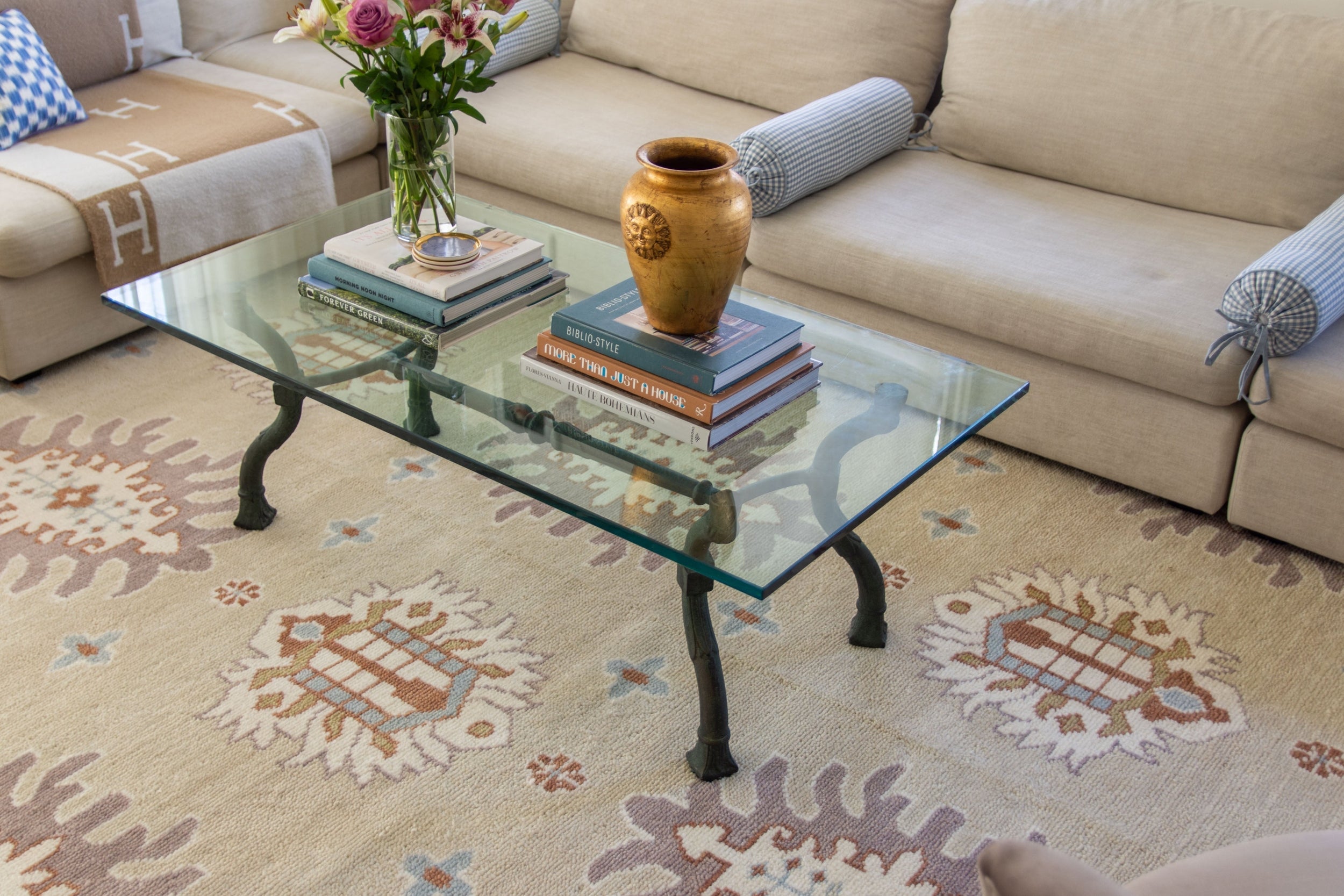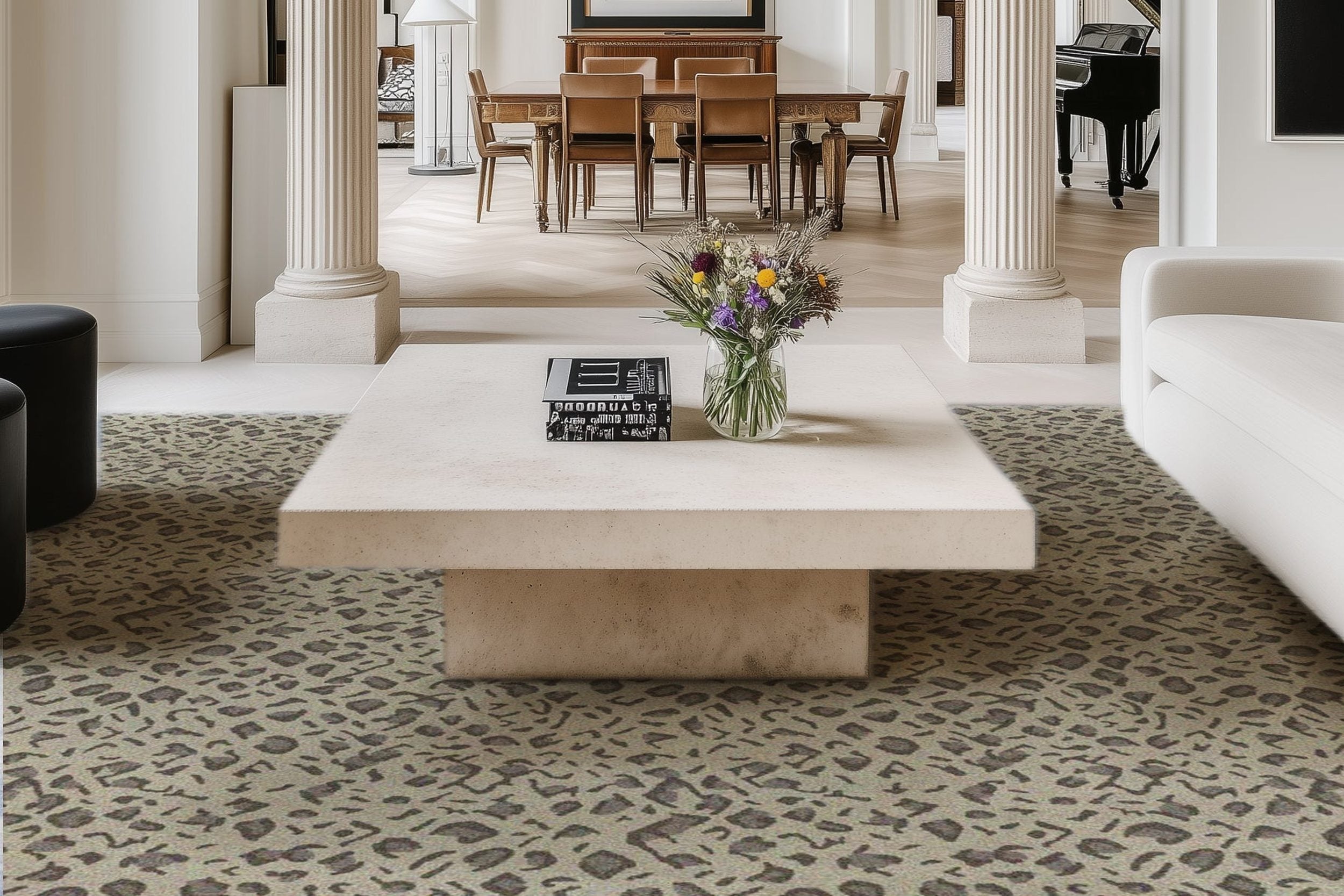Balancing Style and Sustainability in Home Renovations
 The dream of a renovated home often conjures images of sleek designs, modern fixtures, and perhaps a touch of luxurious indulgence. Yet, in an era acutely aware of its environmental footprint, a new, vital consideration has entered the renovation equation: sustainability. Moving beyond the fleeting trends of fast design, the truly thoughtful homeowner seeks a space that is not only beautiful and functional but also kind to the planet and wallet in the long run.
The dream of a renovated home often conjures images of sleek designs, modern fixtures, and perhaps a touch of luxurious indulgence. Yet, in an era acutely aware of its environmental footprint, a new, vital consideration has entered the renovation equation: sustainability. Moving beyond the fleeting trends of fast design, the truly thoughtful homeowner seeks a space that is not only beautiful and functional but also kind to the planet and wallet in the long run.
How do we harmonize high style with high sustainability? It's not about sacrificing aesthetics for eco-friendliness. It's about making smarter, more informed choices from the very start. By integrating sustainability into the core of your design philosophy, you can create a timeless, stunning, and environmentally responsible home.
Embrace Salvage, Upcycling, and Local Sourcing
The concept of circular design, where materials are kept in use for as long as possible, is the cornerstone of sustainable style. Instead of automatically purchasing new materials, explore architectural salvage yards for unique elements like vintage light fixtures, reclaimed wood flooring, or period hardware. Meanwhile, upcycling existing pieces, such as sanding and repainting old kitchen cabinets or transforming a beautiful old dresser into a vanity, reduces landfill waste and injects undeniable personality into a space.
While maximizing salvage is key, any significant renovation will still generate substantial debris from demolition. So, proactive waste management is necessary. This is where reliable solutions like dumpster rental in Tarboro become essential, not just for convenience, but for ensuring that waste materials are sorted correctly. Look for local providers who offer construction and demolition (C&D) recycling programs, allowing you to separate materials like clean wood, metal, drywall, and concrete for recycling, drastically minimizing what ends up in a landfill.
Now, when new materials are necessary, commit to local sourcing. Choosing materials manufactured or harvested near your project reduces transportation emissions and supports regional economies. Look for locally-produced stone, brick, or sustainable timber certified by organizations like the Forest Stewardship Council (FSC).
Prioritize Deep Energy Efficiency Upgrades
While new paint and countertops offer immediate visual gratification, don't forget to invest your renovation budget in maximizing energy efficiency.
Start with a professional energy audit to pinpoint your home's biggest energy drains. Often, the culprits are inadequate insulation in the attic, walls, and crawlspace, as well as leaky windows and doors.
Upgrading insulation to modern, high-R-value materials drastically reduces the energy required to heat and cool your home, leading to significant cost savings and a smaller carbon footprint over the home's lifetime. Similarly, replacing old, single-pane windows with new, energy-efficient double or triple-pane units (especially those with Low-E coatings) is a crucial step.
This foundational work ensures that the beautiful interior finishes you select later will be enjoyed in a supremely comfortable and responsible environment.

Select Healthy, Low-Impact Finishes
The materials you choose to finish your walls, floors, and cabinetry have a direct impact on both environmental health and the air quality inside your home.
Many conventional building materials and paints emit volatile organic compounds (VOCs), which are harmful gases that contribute to poor indoor air quality and long-term health issues. The stylish, sustainable choice is to seek out products that are low- or zero-VOC. These include paint, stains, sealants, and adhesives.
Also, think about the life cycle of your finishes. Instead of synthetic carpeting, consider sustainable flooring options like bamboo, cork, or polished concrete. For countertops, opt for recycled content materials or durable, naturally-abundant options like quartz or responsibly-quarried stone.
By prioritizing healthy, non-toxic materials, you are building a safe haven for your family and minimizing demand for resource-intensive, chemically-laden products.
Integrate Smart Water and Lighting Systems
Sustainability in a home renovation is not solely about materials; it's also about optimizing daily resource use. Two areas offer substantial returns: water consumption and electrical efficiency.
When upgrading bathrooms and kitchens, install WaterSense-labeled fixtures, which include low-flow toilets, showerheads, and faucets. These modern fixtures offer excellent performance while significantly reducing water usage, a critical consideration in many regions.
On the electrical front, a stylish renovation must incorporate a comprehensive LED lighting plan. Modern LED technology is incredibly versatile, offering everything from warm ambient light to crisp task lighting, all while consuming up to 80% less energy than traditional incandescent bulbs. Beyond individual fixtures, consider installing smart home systems that can automatically adjust lighting based on natural daylight and control high-efficiency HVAC systems, ensuring no energy is wasted.
Harness Natural Light and Passive Design
The most beautiful and sustainable designs often rely on the oldest principles: maximizing natural elements. Focus on passive design strategies to reduce reliance on artificial lighting and climate control.
During the design phase, evaluate how you can maximize natural light to brighten interior spaces, perhaps by adding a skylight, installing larger, strategically placed windows, or incorporating interior glass doors to share light between rooms. This not only saves energy but also enhances mood and aesthetic appeal.
Consider landscaping and external shading too. Planting deciduous trees on the sunny side of the house will provide natural shade in the summer when the leaves are full, while allowing warming sunlight to penetrate the home in the winter when the leaves drop. Simple, strategic decisions about window treatments, shading, and maximizing daylight are key to a design that feels airy, bright, and inherently responsible.
Conclusion
These five tips are a roadmap to a renovation where beauty and responsibility are inseparable, resulting in a space that is as elegant, efficient, and comfortable for the next few decades as it is today. Start with the foundation, prioritize quality over quantity, and your stylish, sustainable home will be a source of pride and savings for years to come.
Browse by Category

Design Projects
Explore interiors from client work and personal renovations — layered, livable, and always in progress.
read more →
Collaborations
From product launches to styled spaces, discover the brand stories I’ve helped bring to life.
read more →
The Notebook
A growing archive of iconic designers, inspiring artists, and unforgettable design moments.
read more →
Travel by Design
Wander with a designer’s eye — from charming hotels and city guides to visual inspiration abroad.
read more →




